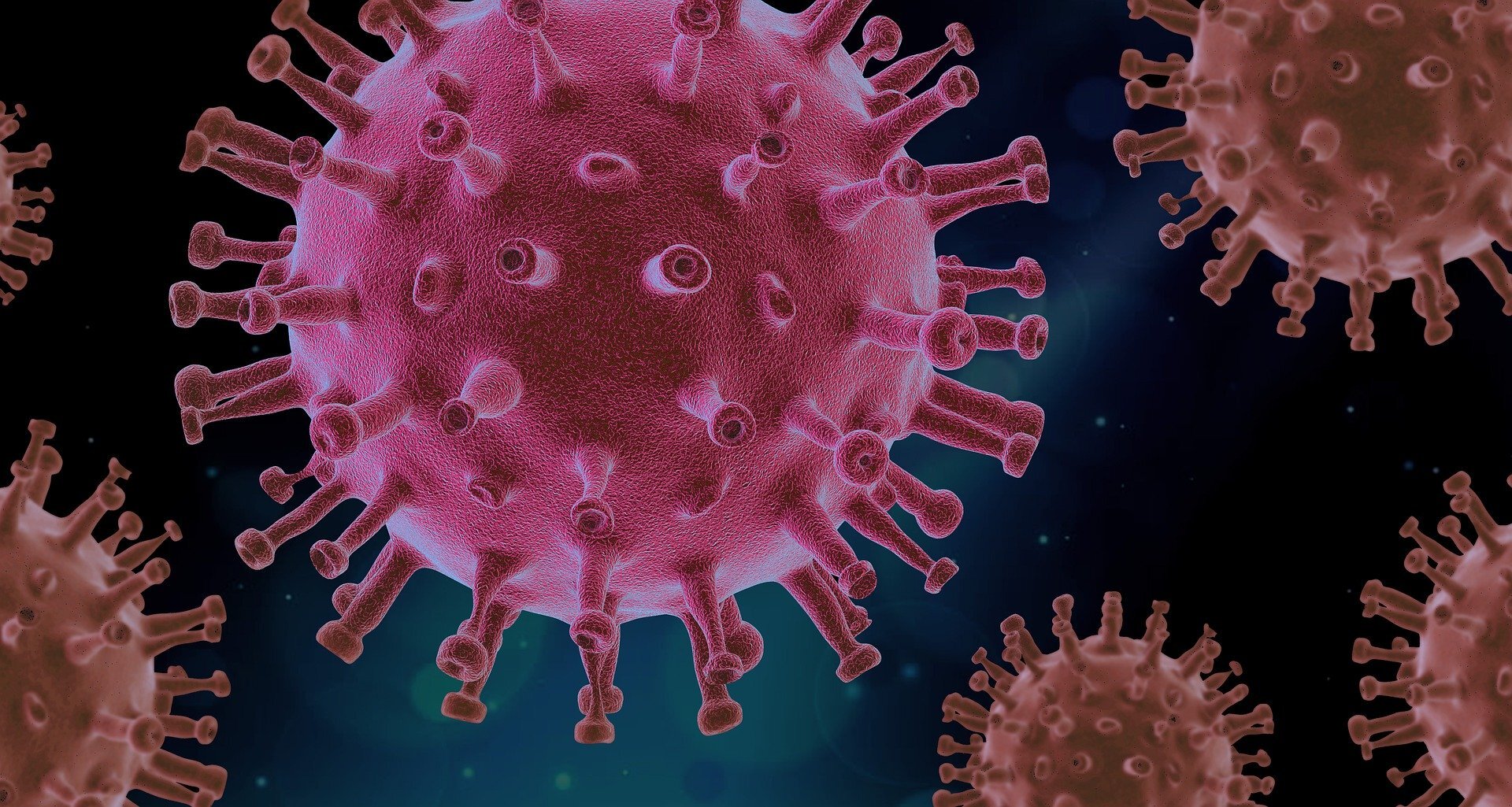Here is a sampling of the analysis our team has conducted.
Energy Permitting
Scioto Analysis analyzed the energy permitting process in Ohio and measured what impacts it has on the overall economy.
Energy Permitting
December 2025
cigarette taxes in ohio
Scioto Analysis estimated the impact that increasing the cigarette excise tax would have on health and the economy in Ohio.
cigarette taxes in ohio
December 2025
Health in Oklahoma
Scioto Analysis measured the impact that increasing the minimum wage to $15 per hour would have on health impacts in Oklahoma.
Health in Oklahoma
December 2025
School Lunches
Scioto Analysis estimated the impact that universal free school lunches would have on Ohio’s economy.
School Lunches
October 2025
neighborhood effects
How much does where you live impact your outcomes? Scioto Analysis estimates the impact of expanding residential mobility programs in Ohio, looking at their impacts on future wages, crime, and health.
Moving to opportunity
September 2025
Public Safety
Scioto Analysis estimated the impact of a minimum wage increase on public safety in Oklahoma.
Minimum Wages and Public Safety
September 2025
Housing Security
Scioto Analysis estimated the impact of a minimum wage increase on housing security in Oklahoma.
Minimum wages and Housing security
May 2025
Universal Prekindergarten
Scioto Analysis projected the impact of a hypothetical universal prekindergarten program in Ohio. Impacts include increased reduced spending on repeated grade school years, as well as future impacts such as increased wages and reductions in crime.
Universal Prekindergarten
April 2025
Minnesota child Tax Credit
Scioto Analysis analyzed the impact that Minnesota’s child tax credit has on its economy. We also compare impacts of alternative structures for the credit.
mINNESOTA cHILD tAx Credit
March 2025
Wildlife Crossings
Scioto Analysis looked at the impact of constructing wildlife crossings that provide animals a safe way to cross roads. Impacts include reduced vehicle crashes and improved ecosystems. Download the accompanying calculator here.
Wildlife crossings
March 2025
Alternative transportation
Scioto Analysis surveyed over 2,500 Iowa cyclists to determine the economic and health impacts of cycling in the state.
Economic and Health Impacts of Bicycling and Trails in Iowa
January 2025
New Americans
Scioto Analysis interviewed nearly 50 new Americans, immigrants, and people working to support them in central Ohio to understand the economic and social barriers they face in the region.
the Economic Potential of Central Ohio’s New American Community
January 2025
2024 fRANKLIN cOUNTY pOVERTY sNAPSHOT
Scioto Analysis partnered with the Rise Together Innovation Institute to author the 2024 edition of the Franklin County Poverty Snapshot. The study outlines the drivers of economic instability, including rising costs, low wages, and the enduring effects of systemic racism. It also provides recommendations for policymakers, community leaders, and organizations to promote economic mobility and security for all residents.
2024 Poverty Snapshot
December 2024
community benchmarking
Scioto Analysis compiled data on demographic, economic, education, health, and other metrics to compare the Columbus, Ohio metropolitan area to 22 other peer communities.
Benchmarking Central Ohio
November 2024
Lead Pipe Replacement
Scioto Analysis analyzed the costs and benefits of replacing lead service lines in Ohio’s public water systems.
Lead pipe replacement
September 2024
Minimum Wage
Scioto Analysis explored the public health and employment impacts of proposals to increase Ohio’s minimum wage to $15 an hour.
Costs and Benefits of A $15 Minimum Wage for Ohio
June 2024
Subjective Well-being
Scioto Analysis partnered with Ohio State University to conduct a statewide survey on self-reported well-being across Ohio.
Subjective
well-being in Ohio
May 2024
Ohio poverty Measure
Scioto Analysis used localized data to provide a more detailed look at poverty across Ohio than any other model previously.
Ohio Poverty measure
April 2024
Climate Health equity
Scioto Analysis partnered with Green Umbrella to analyze the impact that climate change would have on health equity in the Cincinnati Metropolitan Statistical Area.
Climate health equity
December 2023
Public Transporation
Scioto Analysis conducted an economic impact analysis of the proposed “3C+D” passenger rail line connecting Ohio’s four largest metropolitan areas.
Economic Impact of the 3C+D Corridor Project
December 2023
Understanding Poverty
Scioto Analysis compiled data for Franklin County, creating a comprehensive picture of the curent state of poverty.
Poverty in Franklin County
December 2023
Human Development
Scioto Analysis analyzed income, health, and education in Ohio, comparing it to other states and looking and geographic and racial differences within the state on these dimensions.
Ohio Human Development REport
December 2023
School Spending
Scioto Analysis analyzed the economic impacts of increasing or decreasing school spending in the state of Ohio.
School Spending: A cost-benefit analysis
December 2023
Daylight Saving Time
Scioto Analysis measured the crime, energy, and productivity impacts that changing clocks for daylight saving time has on Ohio.
A Cost-benefit analysis of Daylight Saving Time
October 2023
Recreational Cannabis Use
Scioto Analysis monetized the costs and benefits of Ohio’s recreational cannabis ballot initiative.
Recreational Cannabis in Ohio
October 2023
COST OF CLIMATE CHANGE
Scioto Analysis conducted budget and equity analysis on the financial costs local governments in Pennsylvania will incur due to climate change.
Pennsylvania’s looming climate cost crisis
July 2023
Child Poverty
Scioto Analysis estimated the impact that a state child tax credit would have on poverty and the economy in the state of Ohio.
An Ohio Child Tax Credit
July 2023
Genuine Progress Indicator
Scioto Analysis released its first “GPI 2.0” study. This is the newest formulation of a “GDP+” measure that balances traditional economic measures with environmental damage and nonmarket economic activity.
GPI 2.0
June 2023
Water Quality
Scioto Analysis analyzed the “H2Ohio” voluntary nutrient management program. This program aims to improve water quality by reducing overuse of fertilizer on Ohio farms.
Water quality in Ohio
December 2022
INcome Inequality
Scioto Analysis carried out a study of income inequality in the state of Ohio across dimensions of class, race, education, and geography and interventions to reduce it.
Inequality in Ohio
September 2022
Climate Costs
Scioto Analysis estimated the midcentury costs of climate change to local governments by midcentury.
The cost of climate change to Ohio’s local governments
July 2022
Urban Tree Canopy
Scioto Analysis conducted a cost-benefit analysis of urban tree canopy programs for Ohio municipalities.
Municipal Tree Planting
June 2022
Energy Storage
Scioto Analysis and the Cleveland State University Energy Policy Center partnered on this study of opportunities for the energy storage supply chain in northern Appalachia.
Energy storage roadmap for appalachia
May 2022
Reducing Poverty
Scioto Analysis partnered with the University of California, Berkeley’s Goldman School of Public Policy to analyze basic income options to reduce poverty in the state of Ohio.
Alleviating poverty in Ohio
December 2021
poverty measurement
Scioto Analysis has developed the Ohio Poverty Measure, a measure that presents the most accurate measurement of poverty in the state of Ohio to date.
The ohio poverty measure
September 2021
Measuring Genuine Progress
Economic progress is best measured by factoring in external costs and the value of nontraded goods to residents of the state. In this analysis, Scioto Analysis calculates Ohio’s Genuine Progress Indicator for 2019 and provides recommendations for improving the measure for future years.
Genuine Progress in ohio
June 2021
carbon emissions
State governments may be compelled to adopt carbon abatement policy soon. Renewable portfolio, cap-and-trade, and carbon tax policies in Ohio could save the state up to a trillion dollars in social costs over the next thirty years.
Policy options for reducing carbon emissions
May 2021
Public service
AmeriCorps programs show some short term costs but the benefits to participants outweighs them in the long run. Expansion of existing programming could lead to millions more in net benefits at little cost to taxpayers.
Public service for ohio
July 2020
K-12 Education
School closures save lives, but at steep costs in the form of future wages for today’s children. In this cost-benefit analysis, Scioto Analysis estimates lives saved and future income losses from further Ohio school closures in the fall of 2020.
School closures for covid-19
June 2020
sustainable economic growth
Ohio’s economy grew from 2009 to 2018, but was stymied by economic damage, shrinking leisure time, and longer commutes. In a series of briefs, Scioto Analysis provides the newest estimates of the size of Ohio’s economy along with a series of briefs on options to sustainably grow it.
policy options for genuine progress
June 2020
CHILD CARE QUALITY
In September 2020, all of Ohio’s child care providers will be required to enter into Ohio’s “Step Up to Quality” system. Scioto Analysis partnered with the Crane Center for Early Childhood Research and Policy at Ohio State University to model the impacts of quality standards and subsidies for meeting them on providers throughout the state.
modeling child care quality costs and benefits
February 2020
Developmental Disabilities
As of October 2019, over 2,300 Nebraskans with disabilities were past their need date for residential, habilitative, and vocational services. In this study, Scioto Analysis examines the type of people on this waiting list, the types of services they are missing out on, and how this problem fits into the state’s broader fiscal landscape.
Nebraska’s Developmental disability waiting list
October 2019
Poverty alleviation
The earned income tax credit (EITC) is the largest antipoverty program in the United States for working people. In this cost-benefit analysis, Rob Moore and Tong Zhou project the economic, distributional, and human development impacts of proposals to bolster Ohio’s state EITC.
Earned INcome tax credit refundability
August 2019
evidence-based policymaking
Ohio has less think tanks and R1 research institutions per capita than any of its neighboring states. In this study, Moore examines this policy analysis infrastructure and the prevalence of cost-benefit analysis and other cost-focused studies in the state from 2012 to 2018.
Cost-Benefit Analysis in Ohio
April 2019
autonomous vehicles
Automobiles exact external costs in the form of congestion, crashes, emissions, and infrastructure degradation. In this analysis, Moore demonstrates how automation is opening the door for states to control these costs through vehicle miles traveled fees.
beyond the gas tax
March 2019
Statewide economic performance
In 2008 and 2009, the United States experienced the worst economic downturn in a century. In this economic analysis, Moore measures Ohio’s recovery from this downturn using diverse indicators such as personal consumption, inequality, and housework.
Ohio’s Economy: 2009-2016
November 2018
CHILD CARE
Child care markets are riddled with problems of information and spillovers and considerations of equity. In this problem analysis, Moore lays out these problems and potential options for improvement of the system.
assessing Ohio’s Child care system
June 2018
ROAD FINANCING
The City of Columbus, Ohio is currently spending half the estimated cost of maintaining its road system. In this study, Moore analyzes alternative financing schemes for maintaining Columbus’s roads.
Financing Road Maintenance in Columbus, Ohio
December 2016
FOOD INSECURITY
Ohio has some of the highest rates of hunger in the country. In this policy analysis, Moore investigates the most cost-effective ways the state can reduce food insecurity.


















































